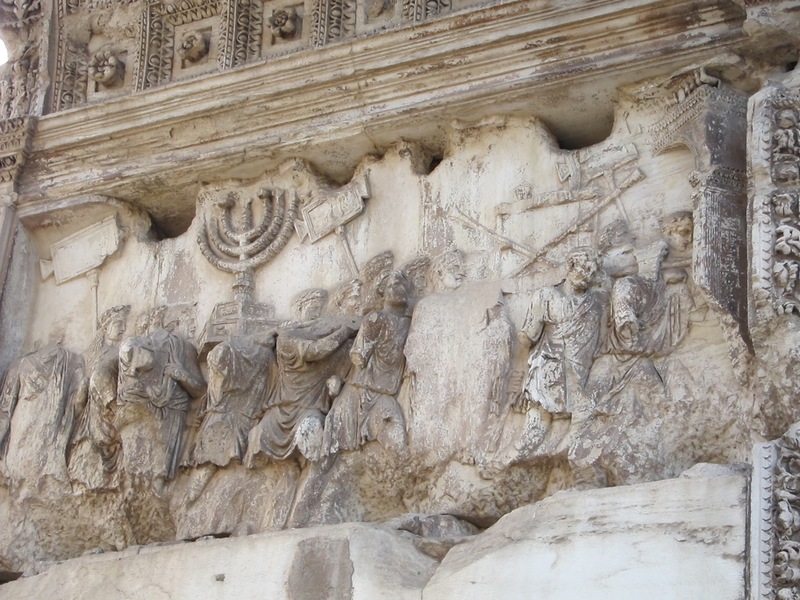21st Century
Greek and Roman sculptures are often thought of as cold and monochrome. However, in antiquity, they were usually richly painted, making them appear even more lively and life-like. The relief sculptures on the Arch of Titus were no different. In 2012, researchers led by the Yeshiva University Center for Israel Studies investigated color on the reliefs on the arch. They focused on the relief panels depicting the spoils of the Jewish War of 66-74 C.E., including the Menorah.
Using the non-invasive methods of 3-D scanning and spectrometry, the Yeshiva University researchers attempted to determine if there were any traces of paint left on the Menorah. They were able to find traces of yellow ochre, which proves that the reliefs were painted. This is a significant discovery as it can give us a better idea of how the arch looked in the first century C.E. This also allows us to have a better understanding of how a Roman at the time might have experienced the arch.
“Yeshiva University Team Discovers the Arch of Titus Menorah's Original Golden Color” (2012): http://yu.edu/cis/activities/arch-of-titus/
